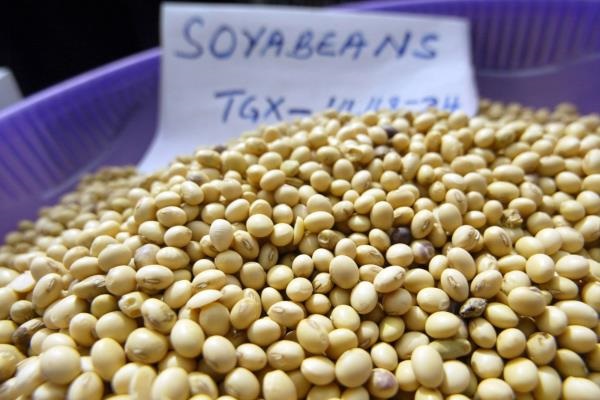
6 February 2014, Rome - The FAO Food Price Index fell in January for the first time in 3 months as lower prices of cereals, sugars, oils and meat outstripped gains in dairy values.
The Index, based on the prices of a basket of internationally traded food commodities, averaged 203.4 points in January 2014, down 1.3 percent from December and 4.4 percent below January last year.
"We're seeing lower prices due to abundant supplies, but stronger upturn in demand, such as an increase in the pace of imports from Asia, could limit the decline," said FAO economist Abdolreza Abbassian.
Sugar and vegetable oils took downward turns of 5.6 percent and 3.8 percent respectively. Meanwhile, bumper cereal crops helped to bring down cereal prices, which were down 1.6 percent from December and as much as 23 percent lower than in January 2013. Even meat prices, which had strengthened over the past few months, fell slightly in January.
"The only notable exception was a rise in dairy prices. The FAO dairy price index registered a 1.3 percent increase in January to 267.7 points, largely reflecting strong demand, especially from China, North Africa, the Middle East and the Russian Federation, said Michael Griffin, FAO's dairy and livestock market expert.
Cereal production looking up
FAO also released its latest estimate for world cereal production in 2013. This points to a stronger growth in world cereal production than had been anticipated, to a record 2 502 million tonnes, up 8.5 percent from 2012. The bumper cereal crop in 2013 would help in replenishing world reserves, which according to FAO could reach 573 million tonnes, 13.5 percent higher than in the previous season.
At this level, the stocks-to-use ratio for global cereals would top 23.5 percent in 2013/14, its highest value since 2002/03 and well above its historical low of 18.4 percent registered in 2007/08.
AMIS positive on early 2014 harvests
Based on the latest information, FAO also considers early prospects for crops to be harvested in 2014 to be favourable. This view is shared by a separate report published today by the Agricultural Market Information System (AMIS) a G20 initiative which is housed at FAO and managed by ten international organizations.
The February report of the AMIS Market Monitor attributed the positive prospects for crops in 2014 to favourable winter wheat growing conditions in the northern hemisphere and better than previously anticipated maize and soybean situations in the southern hemisphere.
Record cereal production and rising stocks have already resulted in sharply lower prices, a factor which according to FAO is also boosting world trade in 2013/14 to 321.4 million tonnes, some 4 percent higher than in the previous season and a new record.
Lower prices are stimulating demand and world cereal utilization in 2013/14 is forecast by FAO to rise by 92 million tonnes and reach 2 415 million tonnes. Most of this expansion will reflect larger use of coarse grains (of maize in particular) for feed.